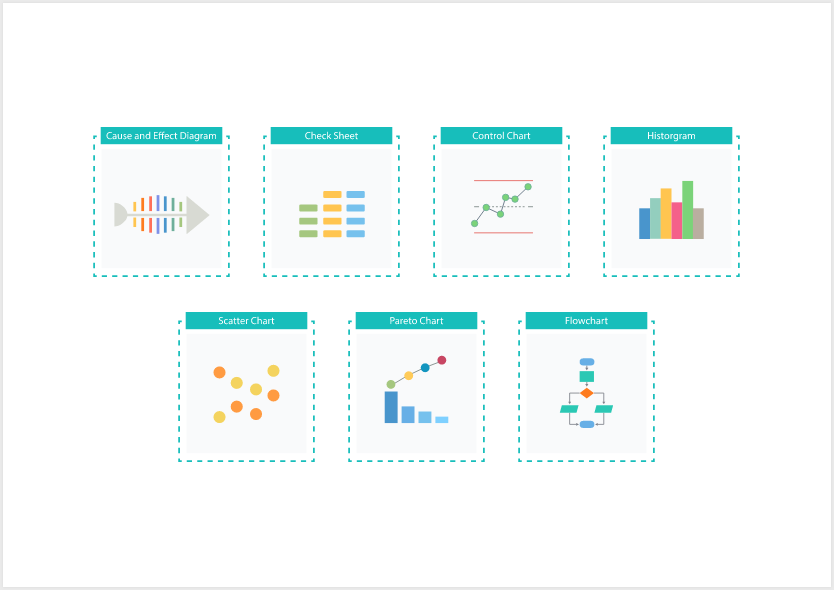Top Quality Control Tools to Ensure High Standards and Continuous Improvement
Consistent quality is essential for customer satisfaction, operational efficiency, and long-term business success. To maintain and enhance quality, businesses across industries rely on quality control tools—systematic techniques that help identify, analyze, and resolve issues in processes or products.
What Are Quality Control Tools?
Quality control tools are standardized methods used to evaluate performance, detect defects, and support data-driven decisions. These tools help quality managers and teams maintain control over processes, identify inefficiencies, and continuously improve outputs.
Organizations use Quality Control Tools to simplify complex problems, visualize data, and understand the root causes of errors. These tools serve as a foundation for quality management systems and are applicable to both manufacturing and service sectors.
Benefits of Quality Control Tools
By implementing Quality Control Tools, businesses can reduce waste, prevent costly mistakes, and maintain consistency in products and services. These tools promote accountability, enhance team collaboration, and help meet regulatory and industry standards.
They also support continuous improvement by providing measurable insights into what’s working and what needs to change—creating a culture of quality throughout the organization.
The 7 Key Quality Control Tools
Here are the seven basic tools that form the core of most quality control initiatives:
- Cause-and-Effect Diagram (Fishbone/Ishikawa)
Helps trace problems back to their possible root causes by grouping contributing factors. - Check Sheet
A structured tool for collecting and organizing data in real-time, useful for identifying patterns. - Control Chart
Monitors process behavior over time and shows whether it remains within acceptable limits. - Histogram
Visualizes the distribution of data to detect variations, trends, and outliers. - Pareto Chart
Prioritizes problems by frequency or impact using the 80/20 rule to highlight key issues. - Scatter Diagram
Plots two variables to explore the correlation between them and detect potential cause-effect relationships. - Flow Chart
Maps out each step in a process, making it easier to analyze and improve workflows.
How to Use These Tools Effectively
- Clearly define the problem you want to solve
- Choose the right tool based on the type of issue or data
- Collect accurate and relevant data
- Involve team members in the analysis for diverse perspectives
- Implement improvements and monitor results over time
Conclusion
Quality control tools are essential for maintaining excellence in today’s fast-paced and demanding business environment. They provide the clarity, structure, and data necessary to solve problems effectively and continuously enhance performance. By integrating these tools into your operations, you can improve quality, increase customer satisfaction, and set the foundation for sustainable growth.



